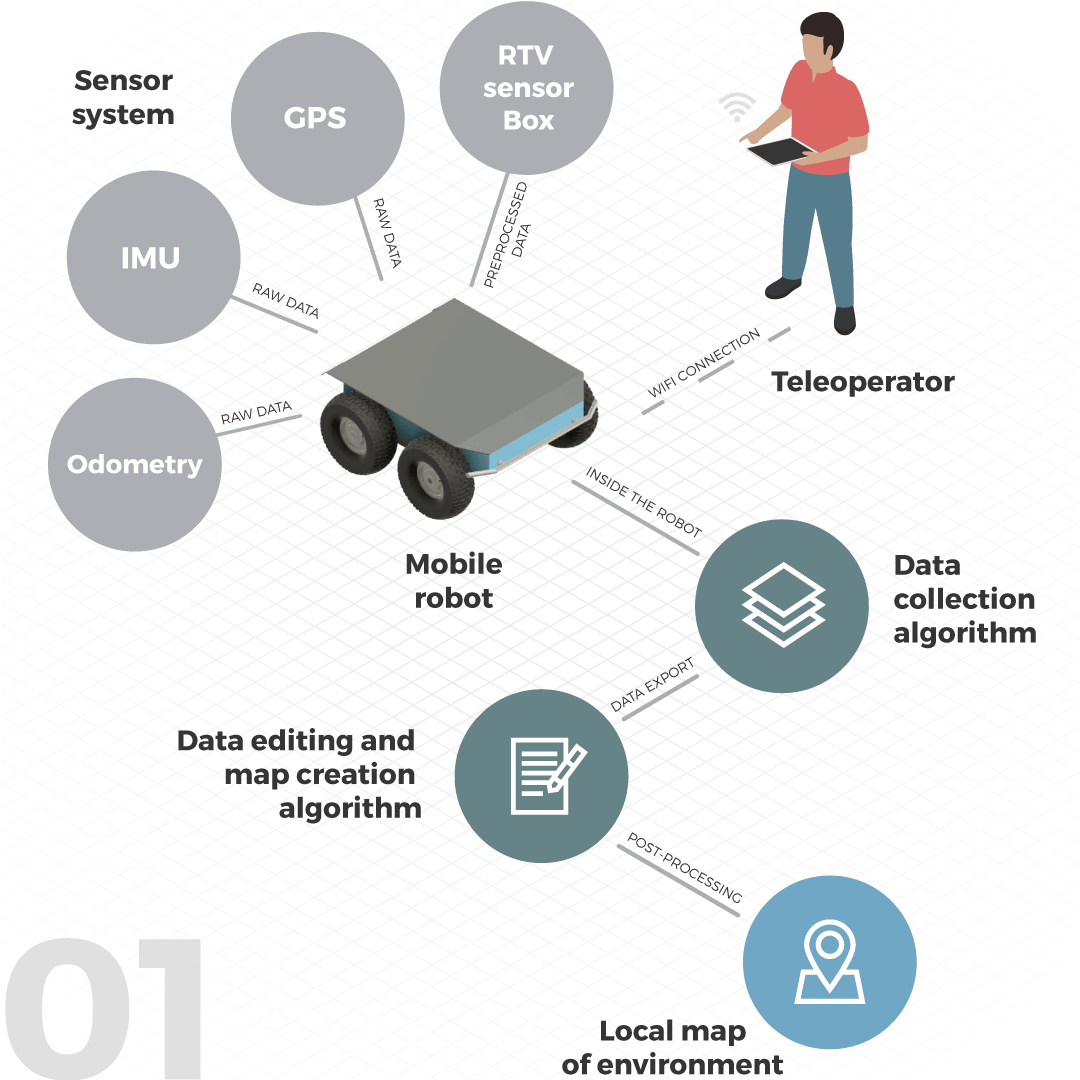The field of robot navigation has experienced significant advancements in recent years, transforming the way robots interact with their environment and paving the way for a new generation of autonomous systems. Robot navigation refers to the ability of a robot to move around and interact with its surroundings without human intervention. This technology has numerous applications in various industries, including manufacturing, healthcare, transportation, and consumer electronics.

History of Robot Navigation
The concept of robot navigation dates back to the 1960s, when the first robots were introduced in industrial settings. These early robots were simple, pre-programmed machines that performed repetitive tasks without the ability to adapt to changes in their environment. The development of robot navigation began in the 1980s, with the introduction of sensor technologies such as ultrasound and infrared sensors. These sensors enabled robots to detect obstacles and navigate around them.
The 1990s saw the emergence of more advanced navigation systems, including the use of cameras, GPS, and mapping algorithms. These technologies enabled robots to create maps of their environment and navigate through them with greater precision. The 2000s witnessed the development of autonomous robots that could navigate and interact with their environment without human intervention. Today, robot navigation is a rapidly advancing field, with researchers and developers working on creating more sophisticated and autonomous navigation systems.
Types of Robot Navigation
There are several types of robot navigation, including:
- Dead Reckoning: This method involves calculating the robot’s position based on its previous movements and sensor data. Dead reckoning is a simple and cost-effective method, but it can be prone to errors due to sensor noise and drift.
- Map-Based Navigation: This method involves creating a map of the environment and using it to guide the robot’s movements. Map-based navigation can be further divided into two sub-categories: metric mapping and topological mapping.
- Sensor-Based Navigation: This method involves using sensors such as cameras, lidar, and GPS to detect obstacles and navigate around them. Sensor-based navigation is commonly used in autonomous vehicles and drones.
- Hybrid Navigation: This method combines two or more navigation techniques to achieve more accurate and robust navigation. Hybrid navigation is often used in complex environments where a single navigation method may not be sufficient.
Applications of Robot Navigation
Robot navigation has numerous applications in various industries, including:
- Manufacturing: Robot navigation is used in manufacturing to navigate robots through production lines and perform tasks such as assembly, welding, and inspection.
- Healthcare: Robot navigation is used in healthcare to navigate robots through hospitals and perform tasks such as patient care, surgery, and rehabilitation.
- Transportation: Robot navigation is used in transportation to navigate autonomous vehicles and drones through roads, skies, and oceans.
- Consumer Electronics: Robot navigation is used in consumer electronics to navigate robots through homes and perform tasks such as cleaning, entertainment, and education.
Challenges in Robot Navigation
Despite the advancements in robot navigation, there are still several challenges that need to be addressed. Some of the key challenges include:
- Sensor Noise and Drift: Sensors can be prone to noise and drift, which can affect the accuracy of the navigation system.
- Environmental Uncertainty: The environment can be uncertain and dynamic, with obstacles and changes that can affect the navigation system.
- Computational Complexity: Navigation algorithms can be computationally complex, requiring significant processing power and memory.
- Safety and Security: Navigation systems must be designed with safety and security in mind, to prevent accidents and ensure the protection of people and property.
Future of Robot Navigation
The future of robot navigation is exciting and rapidly evolving. Some of the key trends and developments include:
- Artificial Intelligence and Machine Learning: AI and ML are being used to develop more sophisticated navigation systems that can adapt to changing environments and learn from experience.
- Cloud Computing and IoT: Cloud computing and IoT are being used to enable more efficient and scalable navigation systems, with real-time data processing and analysis.
- Human-Robot Interaction: Human-robot interaction is becoming increasingly important, with a focus on developing navigation systems that can interact with humans in a more natural and intuitive way.
- Swarm Robotics: Swarm robotics is an emerging field that involves the development of navigation systems for multiple robots, with applications in areas such as search and rescue and environmental monitoring.
FAQs
- What is robot navigation?
Robot navigation refers to the ability of a robot to move around and interact with its environment without human intervention. - What are the different types of robot navigation?
The different types of robot navigation include dead reckoning, map-based navigation, sensor-based navigation, and hybrid navigation. - What are the applications of robot navigation?
The applications of robot navigation include manufacturing, healthcare, transportation, and consumer electronics. - What are the challenges in robot navigation?
The challenges in robot navigation include sensor noise and drift, environmental uncertainty, computational complexity, and safety and security. - What is the future of robot navigation?
The future of robot navigation includes the development of more sophisticated navigation systems using AI and ML, cloud computing and IoT, human-robot interaction, and swarm robotics.
Conclusion
Robot navigation is a rapidly advancing field that has numerous applications in various industries. The development of more sophisticated navigation systems using AI and ML, cloud computing and IoT, human-robot interaction, and swarm robotics is expected to transform the way robots interact with their environment and pave the way for a new generation of autonomous systems. However, there are still several challenges that need to be addressed, including sensor noise and drift, environmental uncertainty, computational complexity, and safety and security. As the field of robot navigation continues to evolve, we can expect to see more advanced and autonomous robots that can navigate and interact with their environment in a more efficient and effective way.
Closure
Thus, we hope this article has provided valuable insights into Robot Navigation: The Future of Autonomous Systems. We thank you for taking the time to read this article. See you in our next article!
